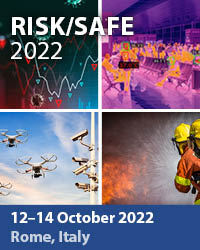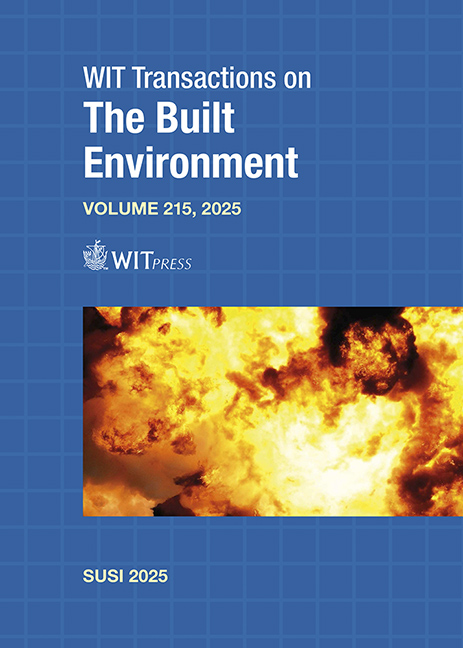NECESSITY OF CONSIDERING CHEMICAL REACTION EQUILIBRIUM IN QUASI-STATIC PRESSURE THERMODYNAMIC MODEL FOR CONFINED TNT EXPLOSIONS
Price
Free (open access)
Transaction
Volume
215
Pages
14
Page Range
3 - 16
Published
2025
Paper DOI
10.2495/SUSI250011
Copyright
Author(s)
YANG HUANG, SUWEN CHEN
Abstract
The thermodynamic model is often used to describe the quasi-static pressure with the mass-to-volume ratio (m/V) in confined explosions and further derive physical quantities such as adiabatic index based on chemical components and temperature. However, there is a limited study to investigate the necessity of considering reaction equilibrium in the thermodynamic model of TNT confined explosions. This study first conducted a comparative study of thermodynamic model results with the reaction equilibrium considered or not. The results reveal that introducing reaction equilibrium causes a maximum relative difference of less than 20% in quasi-static pressure. However, the m/V for solid carbon generation shifts from 0.371 kg/m3 to 3.850 kg/m3, the m/V corresponding to peak temperature transitions from 0.371 kg/m3 to 0.680 kg/m3, and discrepancies in material components and temperature results become increasingly significant when m/V > 0.1 kg/m3. Therefore, models considering reaction equilibrium are essential for calculating physical quantities related to product components and temperature. Then, a simplified calculation method for determining mole numbers of components, temperature and pressure in the quasi-static stage of TNT confined explosion was proposed, which showed good consistency with the thermodynamic model results considering reaction equilibrium. Finally, a practical solution for calculating afterburning energy in numerical models for quasi-static pressure simulation was proposed, which reached great accuracy and achieved a broader applicability range than the two existing methods. The research contributes to a theoretical understanding of the necessity for considering reaction equilibrium in the thermodynamic model, as well as achieving the rapid calculation of thermodynamic parameters in the quasi-static stage and accurate simulation of numerical models.
Keywords
chemical reaction equilibrium, confined explosion, quasi-static pressure, thermodynamic model





